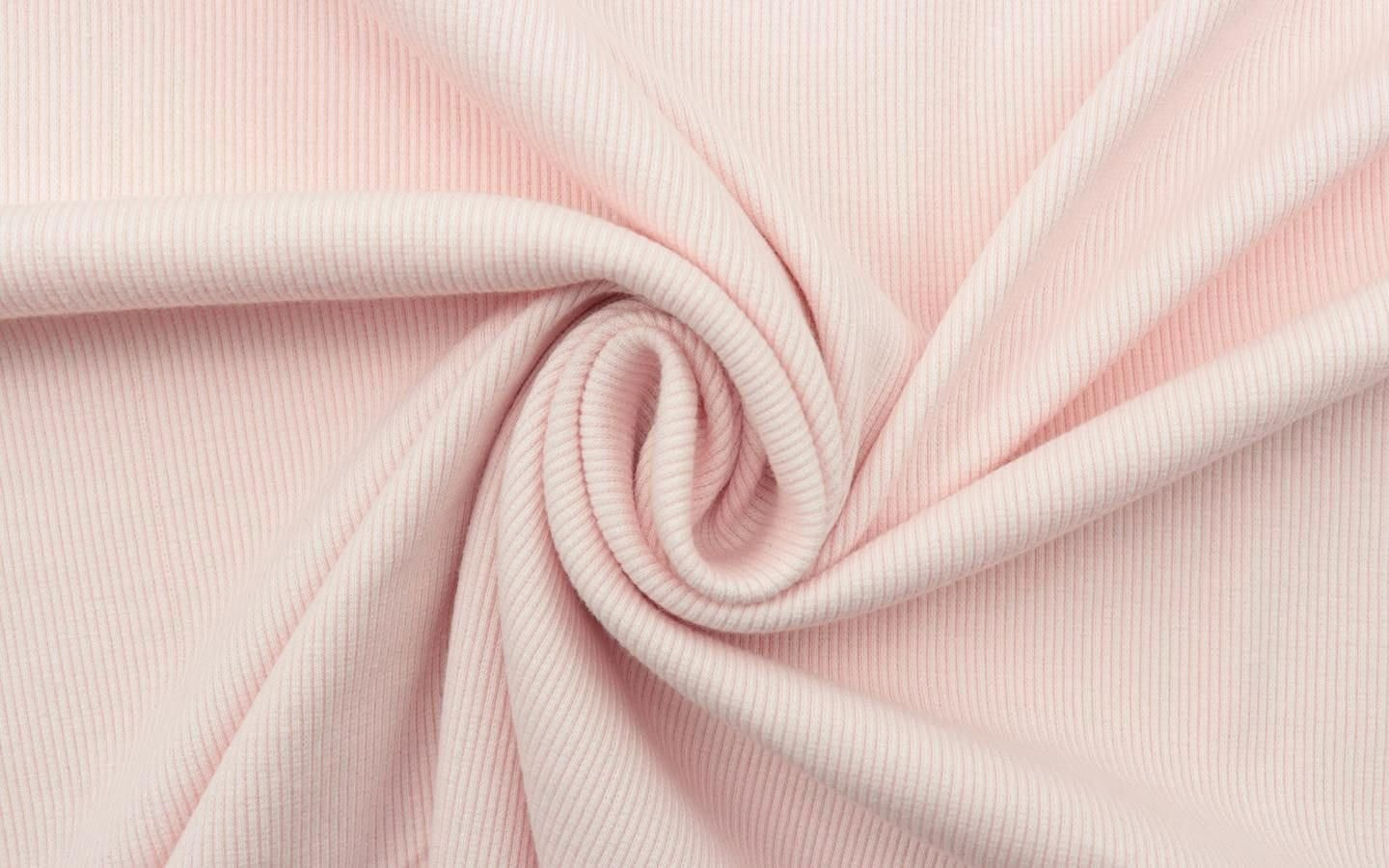Table of contents
Polyester is in everything, from sportswear and leggings to throw pillows and tote bags. Whether you’re designing a product, sourcing fabrics, or trying to shop more sustainably, understanding what polyester is can help you make smarter choices.
In this guide, we’ll break down what polyester is, how it’s made, how it performs, and how it compares to other materials.
Key takeaways
-
Polyester is a synthetic fiber made from petroleum-based compounds, currently accounting for over 50% of global textile production.
-
Polyester fabric is lightweight, wrinkle-resistant, quick-drying, and moisture-wicking, making it ideal for activewear, home textiles, and custom apparel.
-
Polyester types include PET, PCDT, microfiber, recycled polyester (rPET), and emerging plant-based polyester fibers.
-
Recycled polyester helps reduce reliance on fossil fuels, but it still contributes to microplastic pollution during washing.
-
While polyester is durable and affordable, it’s less breathable than natural fibers like cotton and may retain odors and static.
What is polyester fabric?
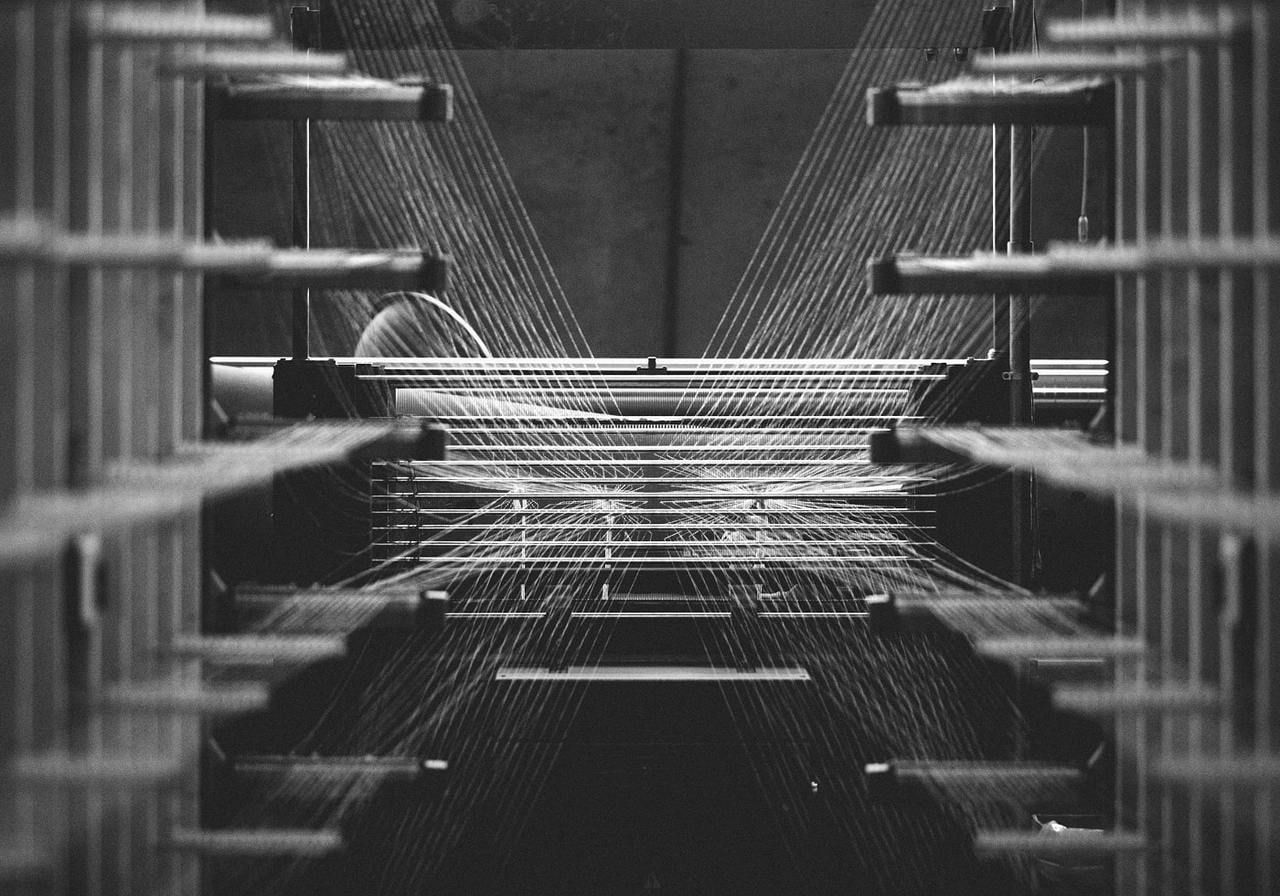
Polyester is a man-made fabric created from petroleum-based compounds that’s engineered through an industrial production process, unlike natural fibers like cotton or wool.
The synthetic fiber is created through a chemical reaction involving raw materials – ethylene glycol and purified terephthalic acid (PTA) or dimethyl terephthalate (DMT). This results in a durable plastic polymer known as polyethylene terephthalate (PET), commonly referred to as PET fiber in textile manufacturing.
Polyester is considered synthetic and accounts for nearly 57% of global fiber production, making it the most used textile worldwide.
It’s popular for being lightweight, wrinkle-resistant, quick-drying, and cost-effective. Polyester is commonly used in activewear, home textiles, and custom apparel.
Types of polyester
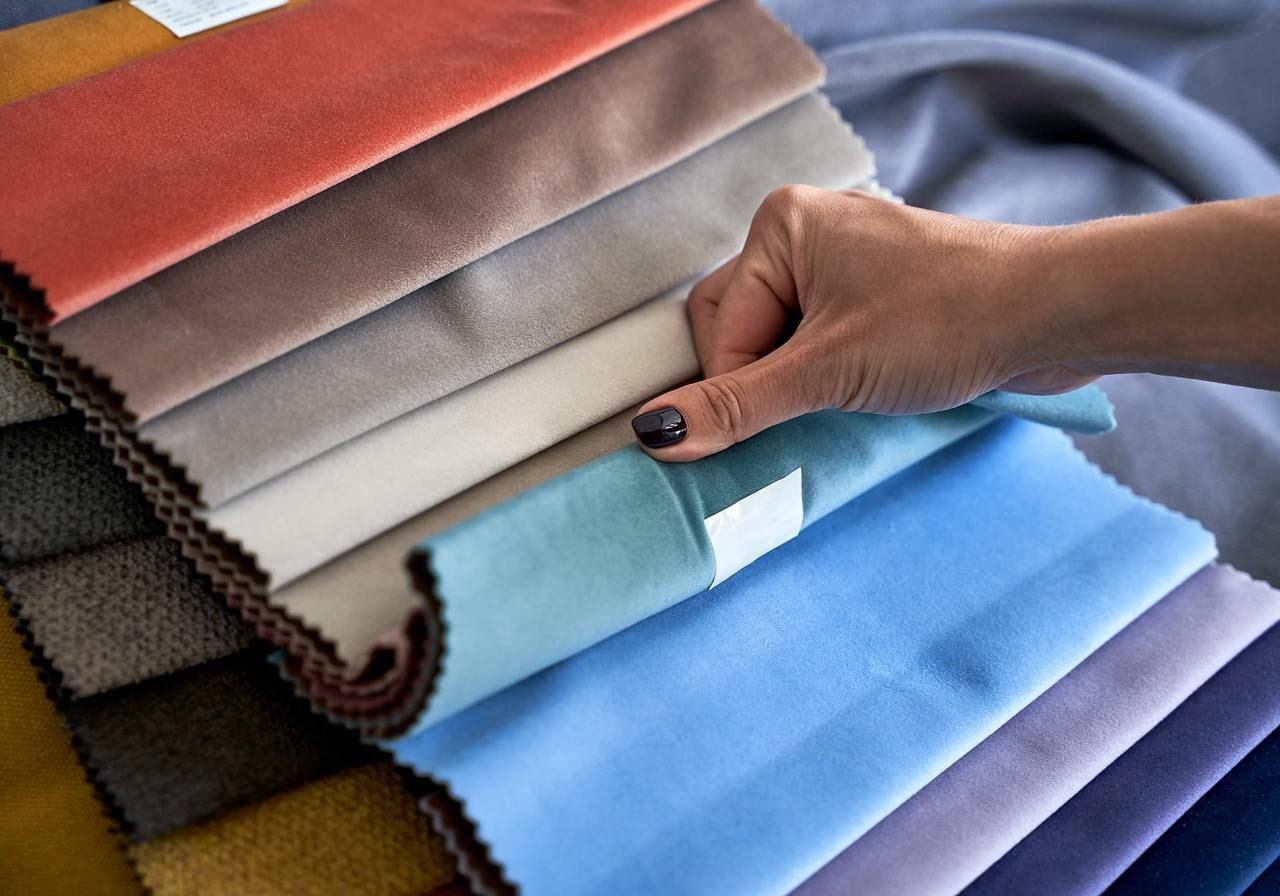
Polyester isn’t a one-size-fits-all fabric. It comes in several forms, each designed for specific applications, from everyday clothing to industrial use.
Let’s take a closer look at the most common types of polyester and what sets them apart.
-
PET polyester (polyethylene terephthalate): The most common type, used in fashion, furnishings, and packaging.
-
PCDT polyester: Slightly stretchier and more durable than PET, often used in upholstery and curtains.
-
Microfiber polyester: Made from continuous fibers, these filaments produce smooth, soft finishes ideal for cleaning products and athletic wear.
-
Recycled polyester (rPET): Produced from water bottles and post-consumer plastic. In 2023, around 14.5 million metric tons of polyester fiber were made from recycled PET, roughly 15% of total polyester output.
-
Plant-based polyester fibers: Newer innovations use bio-based ethylene glycol derived from sugarcane or corn, though these materials still undergo intensive processing.
“Recycled polyester (rPET) is a more sustainable option as it repurposes waste plastic, but still has large energy requirements in production. While we see brands adopt closed-loop recycling and low-water dyeing solutions, the sustainability of polyester as a whole still depends on us scaling these methods out and, to a great degree, reducing our dependence on virgin fossil-based inputs.”

Biomedical Research Advisor and Patient Advocate, Neuroscientist, and Co-Founder of VMeDx
Polyester fabric properties and characteristics
Polyester dominates the textile industry due to its low cost, versatility, and performance across various applications. Whether used alone or blended with natural fibers, it delivers reliability at scale.
Here's why polyester fabric is a go-to in many industries.
-
Wrinkle-resistant and quick-drying: Polyester doesn’t crease easily and sheds moisture faster than most fabrics, making it ideal for travel, sportswear, and low-maintenance clothing.
-
Excellent color retention: Thanks to its closed chemical structure, polyester locks in pigments during the dyeing process, which means prints and colors stay vivid even after repeated washing or sun exposure.
-
Strong yet lightweight: Despite being light to wear, polyester offers high tensile strength, allowing garments to hold shape and resist tearing – useful in workwear or outerwear.
-
Moisture-wicking: Rather than absorbing moisture like cotton, polyester channels sweat to the surface, helping it evaporate quickly. This makes it excellent for performance clothing and activewear.
-
Blend-friendly: Polyester is often mixed with cotton or wool to balance durability with softness and breathability. These blends are common in everything from basic tees to tailored apparel.


What is polyester made of?
Polyester is made from polyethylene terephthalate (PET), a stable fibrous compound formed through a chemical reaction between the following components.
-
Ethylene glycol: A compound derived from natural gas or crude oil.
-
Terephthalic acid: Can be used directly or as dimethyl terephthalate.
These substances are combined in a process that forms molten polyester polymer, which is then cooled, chopped into chips, and melted again to create polyester yarn, polyester staples, or polyester tow.
The resulting material contains the ester functional group, which helps give polyester fabric its strength and resilience in textile fiber form.
How is polyester fabric used?
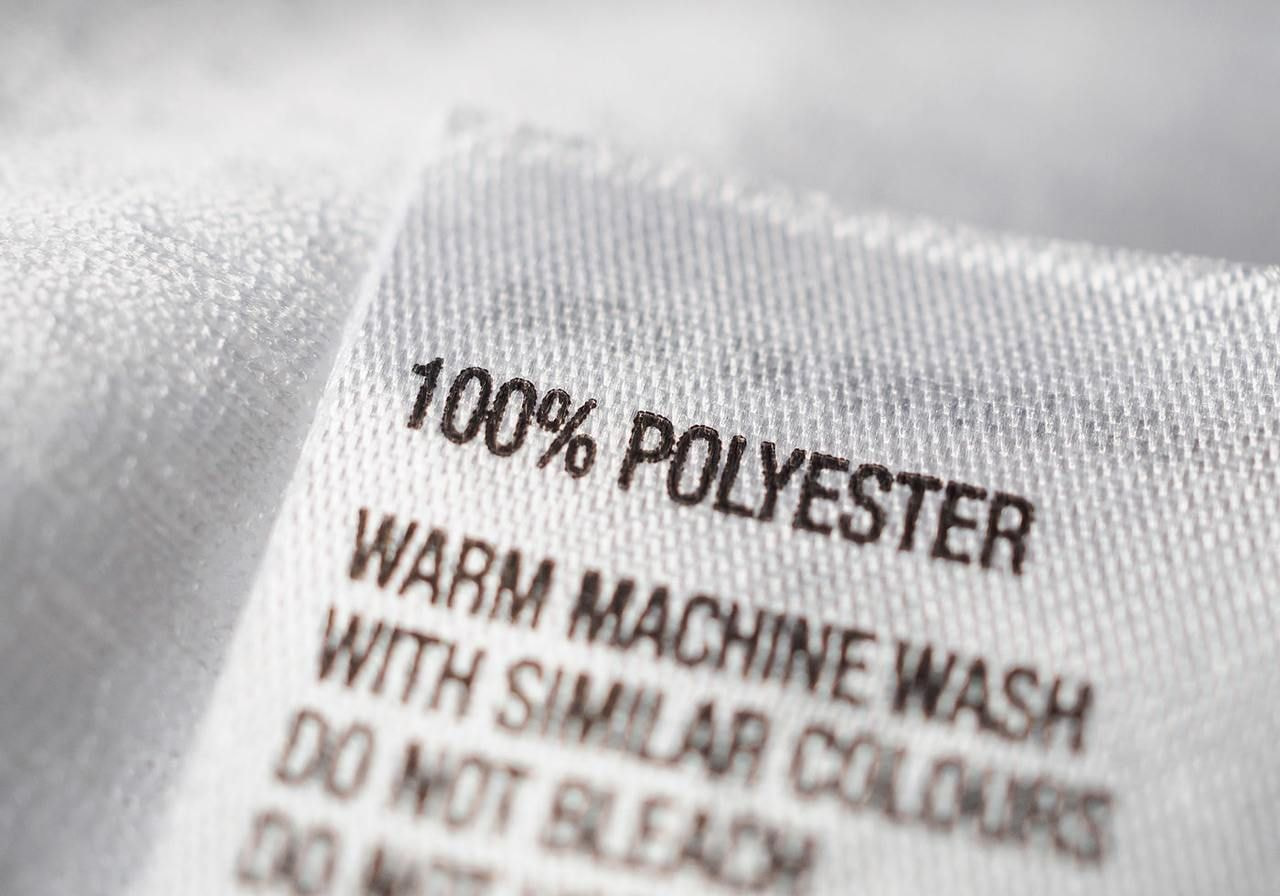
Polyester’s technical performance and versatility make it a staple across industries – from fashion to manufacturing. Whether you're designing high-functioning apparel or durable home decor, polyester’s properties deliver on both form and function.
-
Fashion and apparel: Polyester material clothes like leggings, jerseys, and outerwear are favored for their moisture-wicking ability and durability.
-
Home textiles: Its wrinkle resistance and strength make polyester ideal for everyday home items like curtains, rugs, bed linens, and upholstered furniture.
-
Industrial applications: Resilience under stress means polyester is often used in fiberfill fibers, ropes, conveyor belts, seatbelts, and insulation.
-
Print-on-demand apparel: Polyester’s smooth surface makes it an excellent canvas for sublimation printing, allowing for sharp, long-lasting designs. Learn more in our guide to cotton, polyester, and blended fabrics.
Pros and cons of polyester fabric
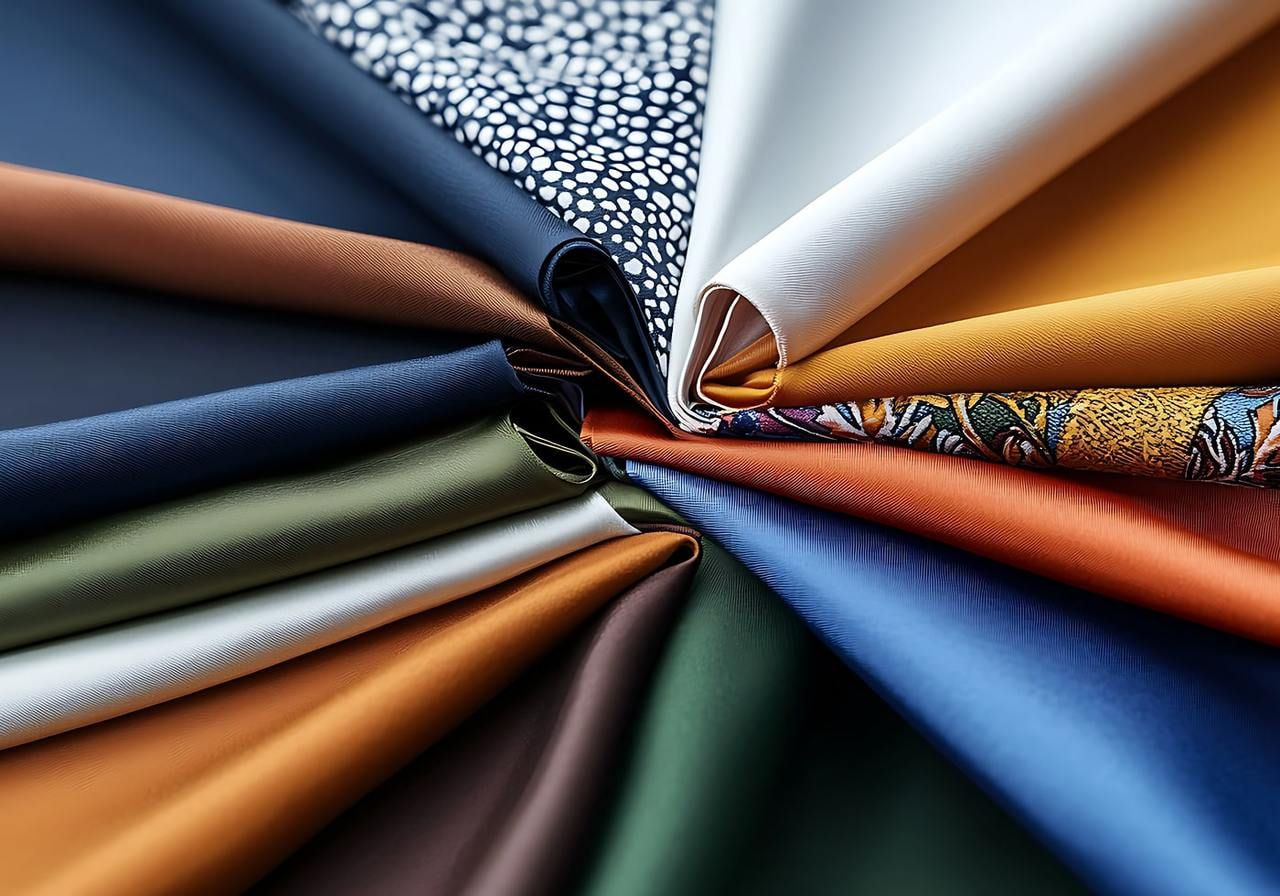
Like any material, polyester comes with trade-offs. Here’s a closer look at the key advantages and drawbacks of working with polyester.
Pros
-
Durable: Doesn’t shrink or stretch easily and resists wear
-
Lightweight and travel-friendly: Holds its shape and appearance
-
Retains color well: Vibrant even after multiple washes
-
Wrinkle-resistant and quick drying: Doesn’t absorb moisture like natural fibers
-
Affordable and scalable: Often cheaper than cotton yarn or wool
-
Versatile: Can be spun into staple fibers, yarn-like material, or molded into polyester plastic
-
Moisture-wicking: Perfect for athletic wear
Cons
-
Environmental cost: The polyester production process depends heavily on fossil fuels and is responsible for 57% of global fiber production, emitting high levels of CO₂
-
Microplastic pollution: Each polyester garment can release up to 700,000 fibers per wash, contributing to water pollution and marine harm
-
Less breathable: Can trap heat, sweat, and smells, especially in sportswear
-
Static build-up: Attracts dust and pet hair, especially in dry environments
-
Poor breathability: Less comfortable than natural fibers in warm weather
If sustainability is a core value for your brand, consider the environmental impact when selecting between virgin polyester and recycled polyester.
“I have judged thousands of makeup bags, brush rolls, and spa uniforms for the Global Makeup Awards, so I see polyester’s strengths and weaknesses every time a product is washed, stained, and stress-tested beside natural fibres.
The impact on the planet is at the centre of every conversation now. Fresh polyester begins with crude oil, then passes through energy-hungry reactors that emit greenhouse gases and wastewater.
The encouraging news is that engineers and designers have moved from apologizing for these flaws to solving them. Recycled polyester, often labelled rPET, starts as discarded soda bottles and trims demand for new fossil resources while turning landfill clutter into useful fibre. Some mills have perfected dye methods that rely on pressurized gas instead of water, so they cut both consumption and effluent. Solar power and wind farms now feed entire production lines, shrinking the carbon footprint before a single yard ships out.”

Founder and Beauty Consultant, Global Makeup Awards


Polyester vs other fabrics
Curious to know how this synthetic fabric holds up against others in the market? Check out this comparison table.
|
Fabric |
Breathability |
Durability |
Sustainability |
Cost |
|
Polyester |
Low |
High |
Low (unless recycled) |
Low |
|
Cotton |
High |
Moderate |
High (especially organic) |
Moderate |
|
Nylon |
Low |
Very High |
Moderate (recycled options) |
Moderate |
|
Rayon/bamboo |
High |
Low |
Moderate (plant-based) |
Low |
Pro tip: For more information on fabric properties and comparisons, visit our t-shirt materials guide.
Is polyester right for you?
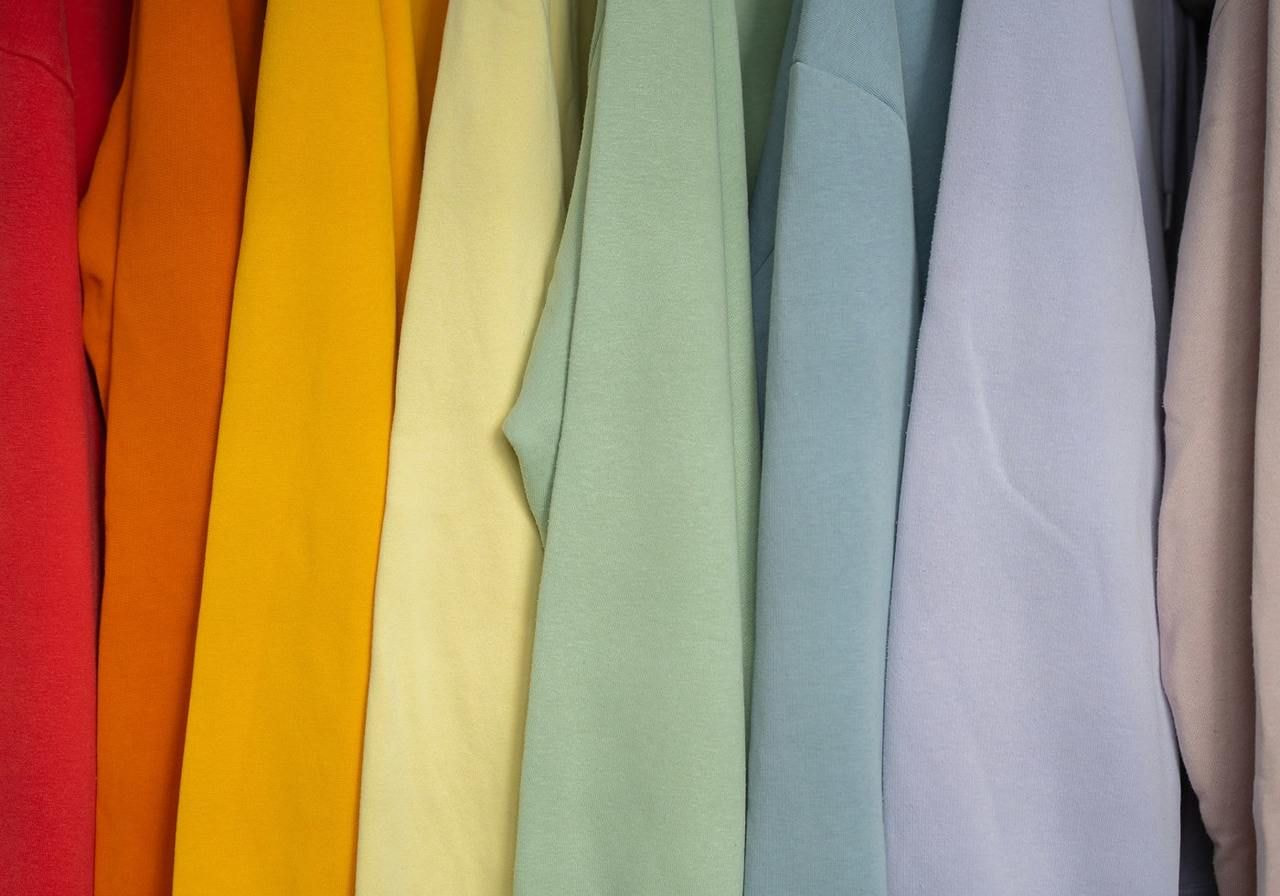
Polyester is an excellent fabric choice when you need durability, color fastness, and moisture control. Blending natural fibers like cotton or wool with polyester improves softness, comfort, and overall wearability.
Best use cases:
-
Custom apparel and t-shirts
-
Gym wear and outdoor gear
-
Travel clothing and wrinkle-free garments
-
Decorative home items
Care instructions:
-
Wash in cold water to reduce microfiber shedding
-
Avoid high dryer heat – air-dry when possible
-
Use mild detergents to minimize fiber damage
-
Skip fabric softeners to preserve moisture-wicking
To summarize
So, what is polyester? It’s a synthetic fabric made from ethylene glycol and terephthalic acid, forming a strong plastic called polyethylene terephthalate (PET).
Spun into polyester fibers, it’s wrinkle-resistant, moisture-wicking, affordable, and durable. But it does have an environmental cost due to its reliance on fossil fuels and microplastic shedding. For a greener alternative, opt for recycled polyester or plant-based polyester.
Polyester isn’t perfect, but it’s evolving. With sustainable innovation and informed use, it remains a key player in the textile industry’s supply chain for everything from t-shirts and leggings to upholstery and industrial products.
Frequently asked questions
Recycled polyester (rPET), also known as r-PET, is made from post-consumer PET bottles and industrial plastic waste. These materials are cleaned, melted, and extruded into new fibers.
This reduces dependence on virgin resources, cutting CO₂ by up to 79% per kg compared to virgin PET, and helping divert plastic from landfills.
Polyester has minimal stretch but can flex slightly under tension. It becomes notably stretchy when blended with elastic fibers like spandex or elastane, which is why so many athletic and fitted garments utilize these blends.
Yes. It's strong, lightweight, and holds its shape well over time. Cotton and wool blends improve comfort while maintaining durability.
Polyester is not necessarily bad, but it may feel less breathable and retain odors more than cotton or linen.
Generally, polyester is considered safe. However, it can cause skin irritation in some sensitive wearers due to trapped heat, moisture, and finishing chemicals. It can also contribute to microplastic pollution during washing.
Some garments may be treated with or contain chemicals like PFAS (used for water-repellent finishes) or phthalates (used in plastisol prints or coatings). They may carry potential health risks with prolonged contact, though this isn’t generally a concern for consumer-ready clothing.
The choice between polyester and cotton depends on your needs:
-
Polyester excels in durability, quick-drying capabilities, wrinkle resistance, and affordability.
-
Cotton offers superior softness, breathability, and comfort, particularly in warm climates.
Many fabric choices use blends, combining polyester’s functionality with cotton’s comfort.
Polyester is made of plastic materials, not a natural fiber like cotton staples. It’s created from petroleum-derived chemicals.
Both nylon and polyester are synthetic materials, but they each have unique qualities.
-
Nylon is typically stronger, used in heavy-duty applications like tents, ropes, or high-performance gear. It’s more expensive and less UV-resistant.
-
Polyester is lighter, dries faster, resists sunlight degradation better, and is generally more affordable – ideal for everyday wear, activewear, and indoor furnishings.

Published author, scholar, and musician, Andris draws on over 11 years of experience in and outside academia to make complex topics accessible – from SEO and website building to AI and monetizing art. Devoted to his family and self-confessed introvert, he loves creating things, playing musical instruments, and walking around forests.





